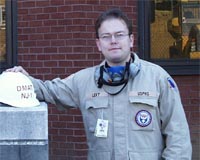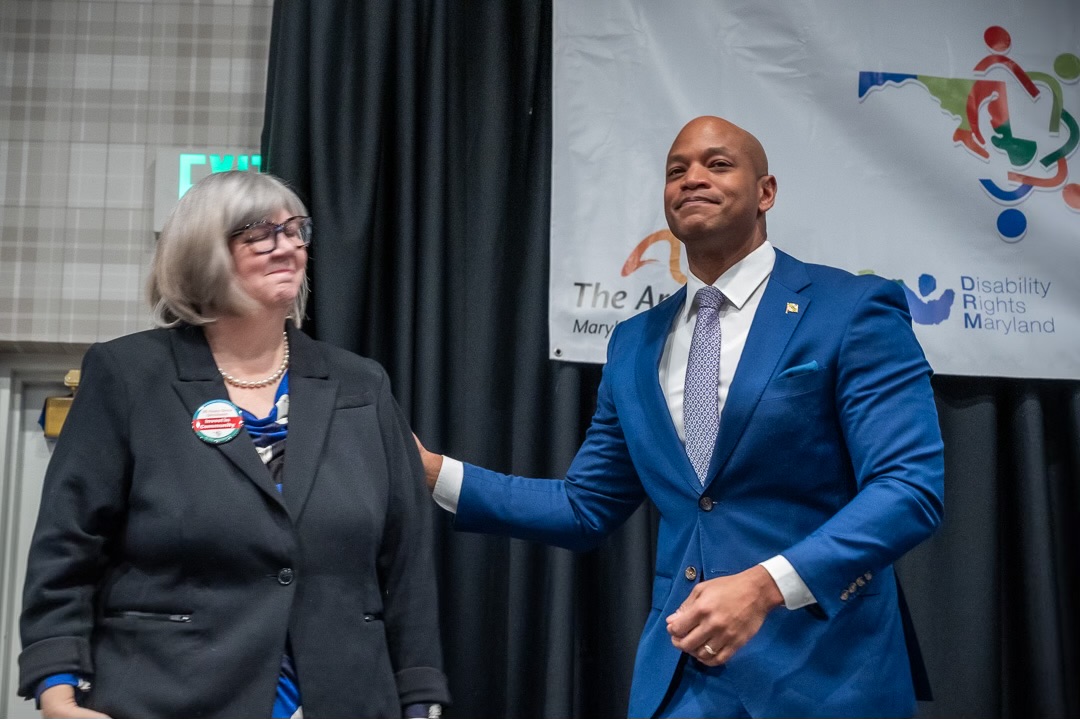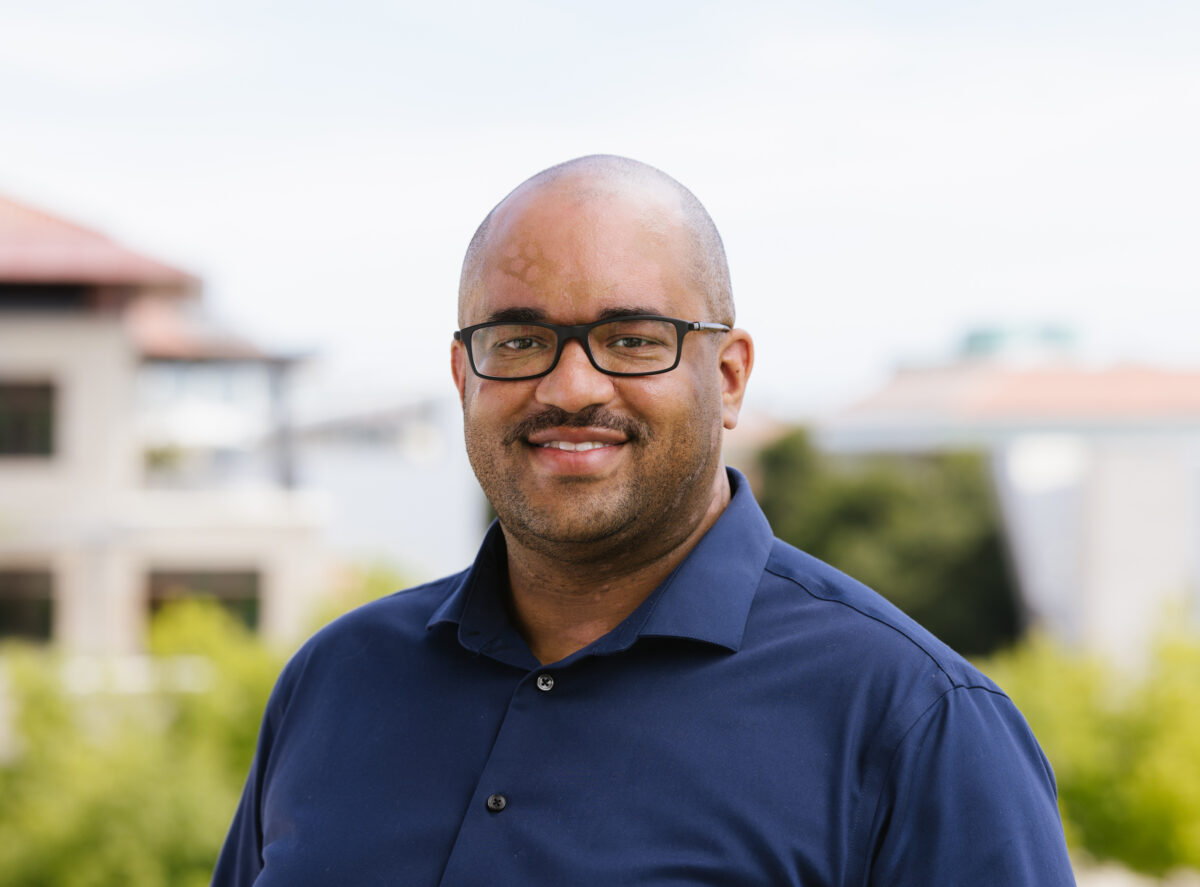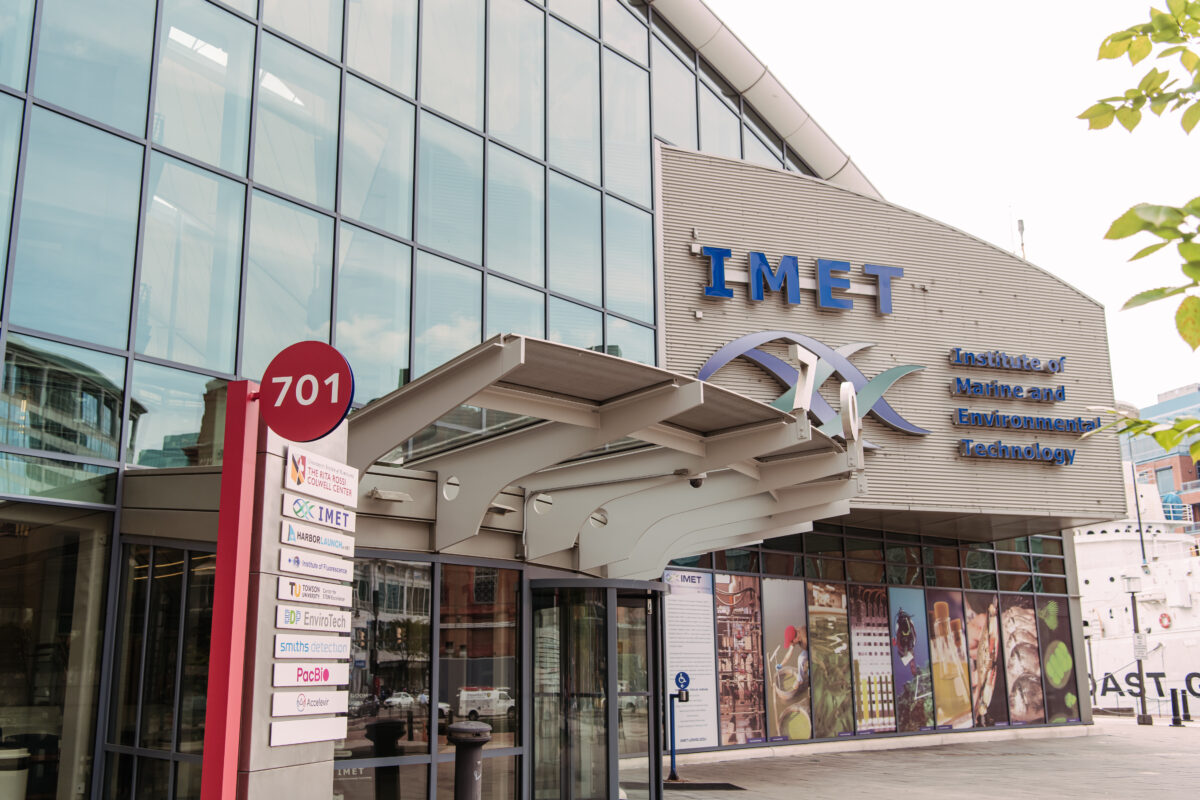

Matthew Levy ’00, was part of an emergency response team that spent 10 days in NY, assisting in the relief efforts following 9/11. “A Rescue Worker’s Chronicle”
Matthew Levy was one of the few people rushing towards New York on the morning of September 11.
A program manager in UMBC’s Emergency Health Services Program and 2000 graduate of UMBC, Levy is responsible for the online training of disaster medical response teams across the nation. On September 11, though, he was called upon not to train, but to serve.
In addition to his duties in the EHS program, Levy is a clinical paramedic and a member of the New Jersey-1 Disaster Medical Assistance Team — a group of health-care providers trained and equipped to quickly deploy and set up self-sufficient hospitals at disaster sites.
Levy and the rest of his team, the first federal-level disaster medical assistance group on the scene, arrived at “Ground Zero” at 2 a.m. on September 12 and immediately got to work.
Levy chronicled his experiences in a photoessay, included below.
Reflections on Responding to the World Trade Center Disaster
By Matthew Levy, BS, NREMT-P
Department of Emergency Health Services
New Jersey-1 Disaster Medical Assistance Team
National Disaster Medical System
On September 11, I awoke to a day that no one will soon forget. I had fallen asleep about 7 a.m., after working as a paramedic the night before. At about 8:30 a.m. I received a frantic phone call from a friend telling me to turn on the television.

Photo by: Anthony Cascio
After realizing the magnitude of this event I grabbed my disaster gear from the closet and was on my way to Ft. Dix, New Jersey, where the New Jersey-1 Disaster Medical Assistance Team is based. Approximately three hours later I arrived at Fort Dix where I found fellow team members. We began readying our U.S. Public Health Service cache of equipment, which includes a field hospital capable of being self sufficient for up to 72 hours.

Not long after, the team was ready to deploy. Because of the massive mobilization effort of all response agencies, not enough vehicle operators were present to move the team and all the equipment. Somehow I ended up driving the bus that we used to move the team. Driving the bus wasnt nearly as difficult as I thought it would be.

Our team was the first federal level disaster medical assistance team to arrive in Manhattan. It was initially thought that we would get to work, supporting a field hospital, and caring for the injured. By Wednesday, September 12, it was determined that due to the lack of survivors a field hospital was not needed. As a result, we were re-deployed to Stewart Air National Guard Base in New York, where the federal resources were staged. A C-130 hanger became home until our mission details were finalized.

My mission assignment was to deploy to ground zero along with a six-member logistics task force to provide support to the mortuary operation (DMORT) going on. We were to set up two of the tents that we would normally use as a part of the field hospital. These tents would be used to house the on-scene morgue operations.



Once the tents were set up, we established a rotating shift schedule to ensure that our personnel were present to resolve any emergent logistical issues.
Other members of the team who were not involved in the morgue operation functioned at several other locations throughout the disaster area, providing medical treatment to the rescuer workers involved in the operation.

Everywhere around us, we were constantly reminded of the tragedy that had occurred and the humanity that had prevailed.

Equal, if not greater, in magnitude of emotion was the sense of unity, camaraderie and dedication to each other that we would get through this difficult time.

Neither these words nor pictures can do justice in showing the horror we witnessed.

I will never forget responding to World Trade Center bombing. My experiences have helped remind me how fragile life is, and how close a society can pull together in time of need.
All photos by Matthew Levy, except where noted.



